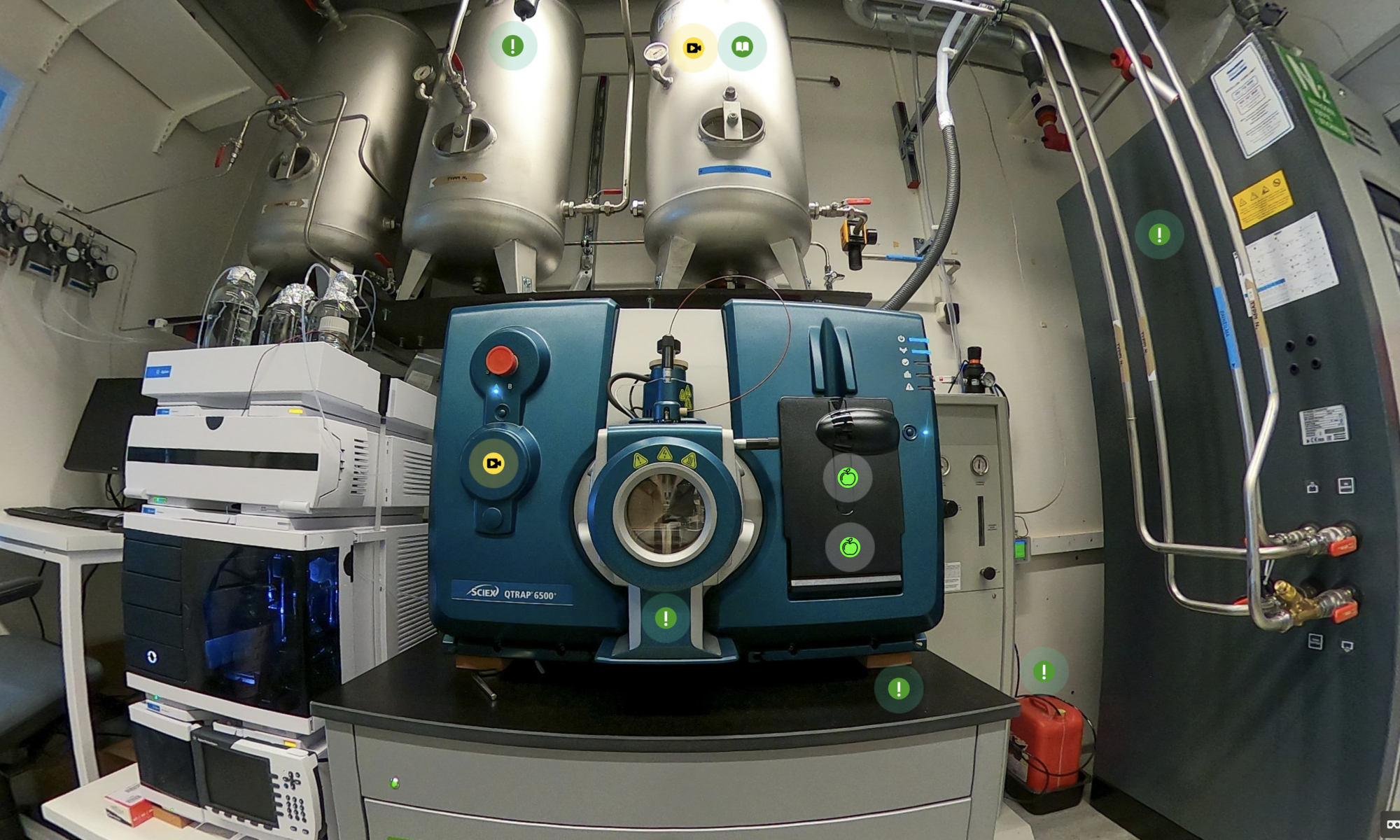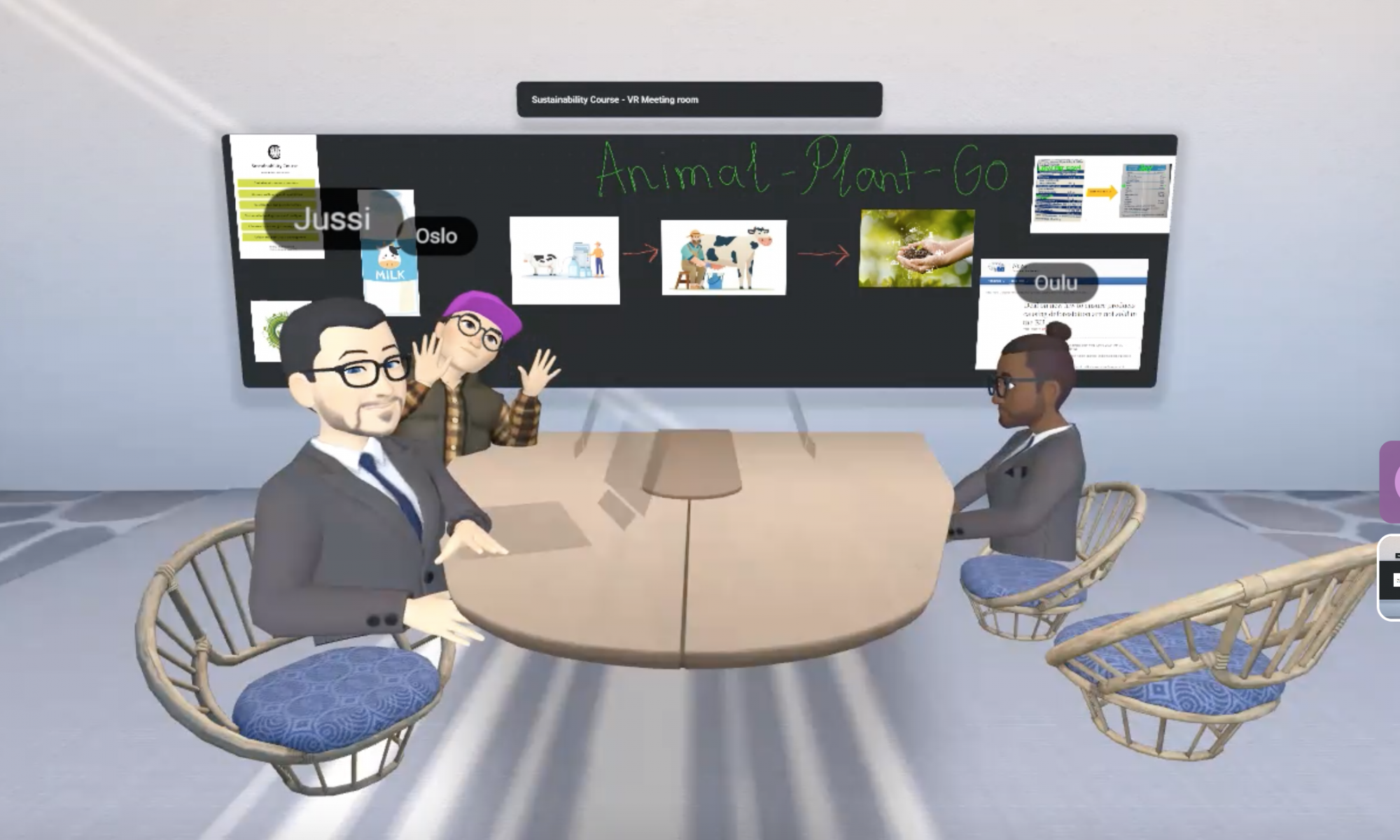At the end of the year 2023 Global Campus team was looking for an intern to work with Serendip – I took my chance and applied. I started at the end of January and now my internship is coming to an end.
I am currently studying in the Forest Science Masters programme at the University of Helsinki and I have done my master’s courses at the same time with this part-time internship. I have a bachelor’s degree in Forest Sciences (forest ecology and management), which has given me a solid background to work with the first episode of Serendip which is Boreal Forest.
My four-month internship has been interesting and educational. For me this was the first time to work as a forest expert in so-called knowledge work and to work in an international team, using English as working language. My colleagues have been supportive all the way and it has been fun to work together.
This internship has well supported my development as a future forest expert as I have been able to do different types of tasks from participating in meetings with other experts and working as part of the team as well as working independently with the scientific content of the Boreal Forest episode. I also got to establish a new work contact and collaboration.
One of my favorite things during my internship was our team trip to Hyytiälä Forest Station. I got to be part of the planning of this trip and I led an introductory tour in the forest, presenting some of the research done at the station. During this outdoor activity, I also got to teach GC team members how to use relascope for measuring, which has now been photographed by our team leader Ulla.

It feels good that through Serendip, not only our team members but other people from different fields will get the chance to learn more about boreal forests and sustainability. I am thankful for this opportunity to do an internship in this multicultural team.
Best, Helmi Lilleberg





